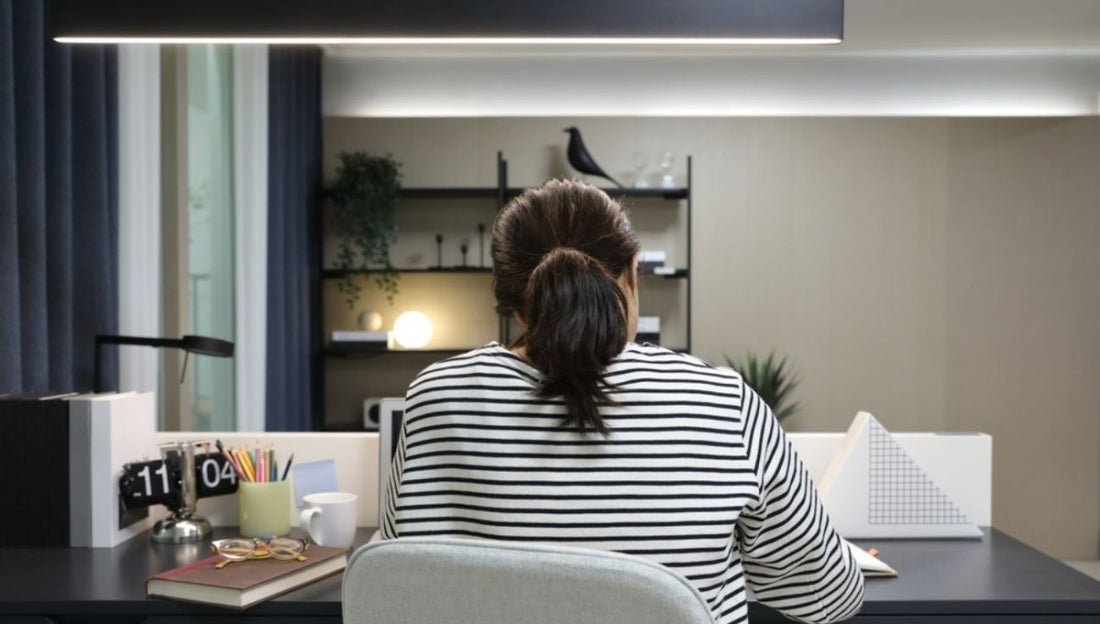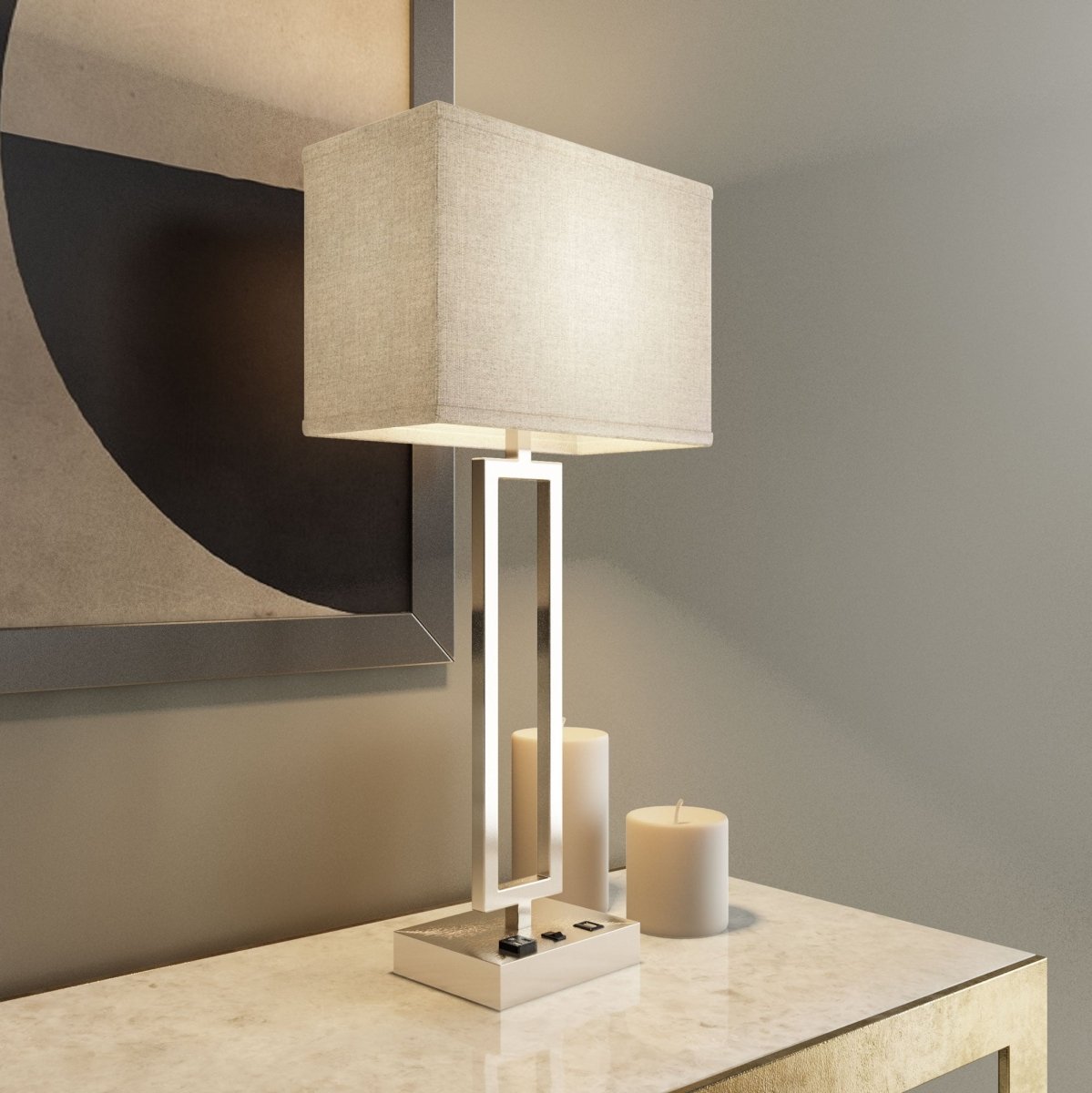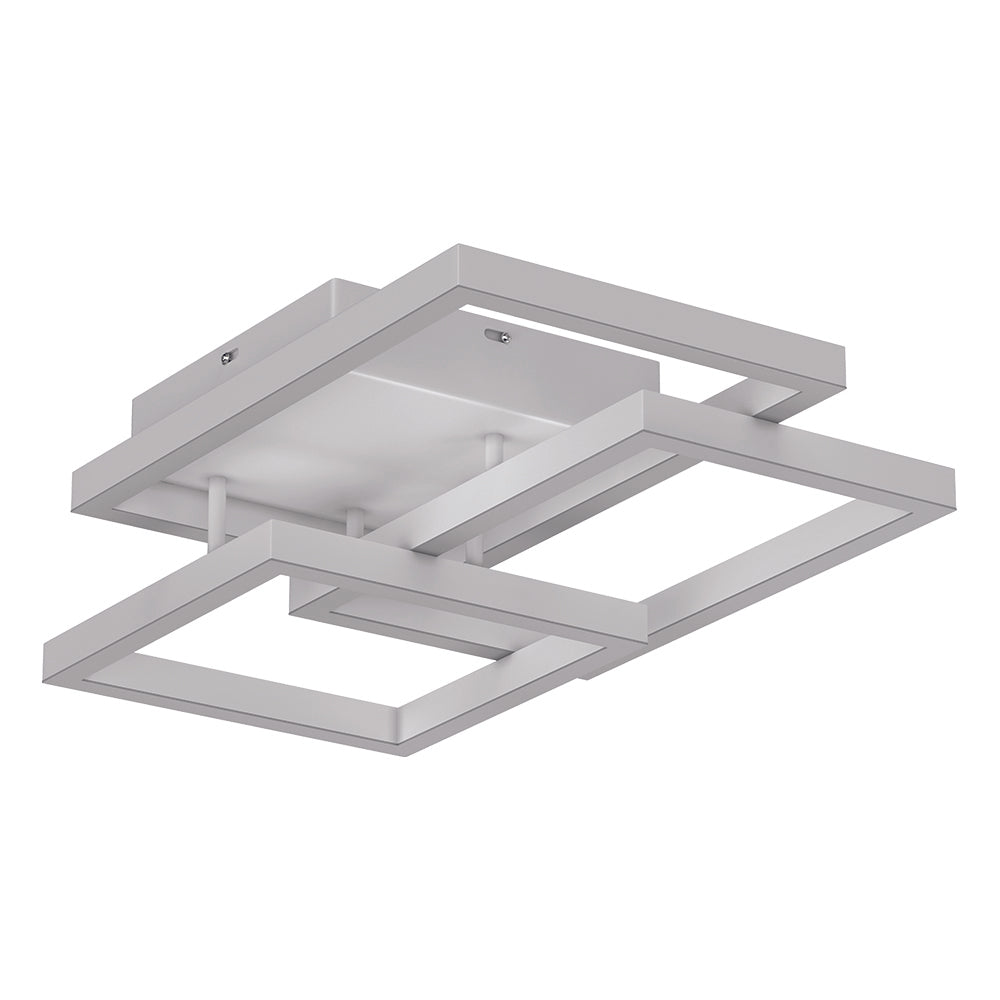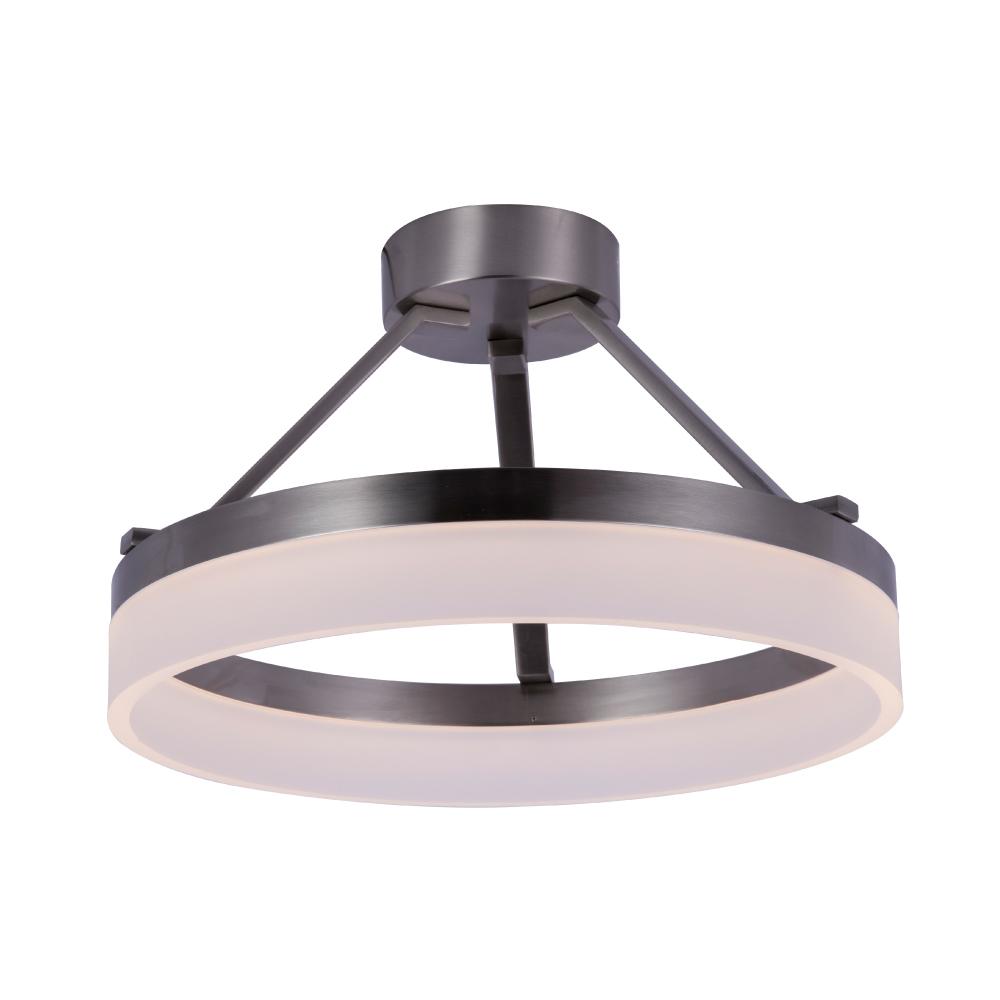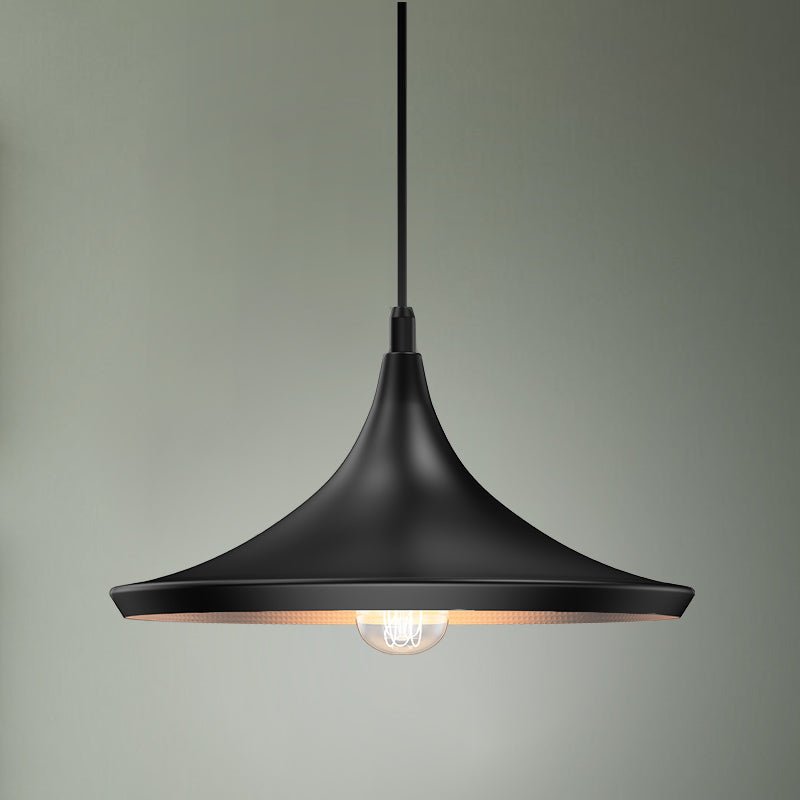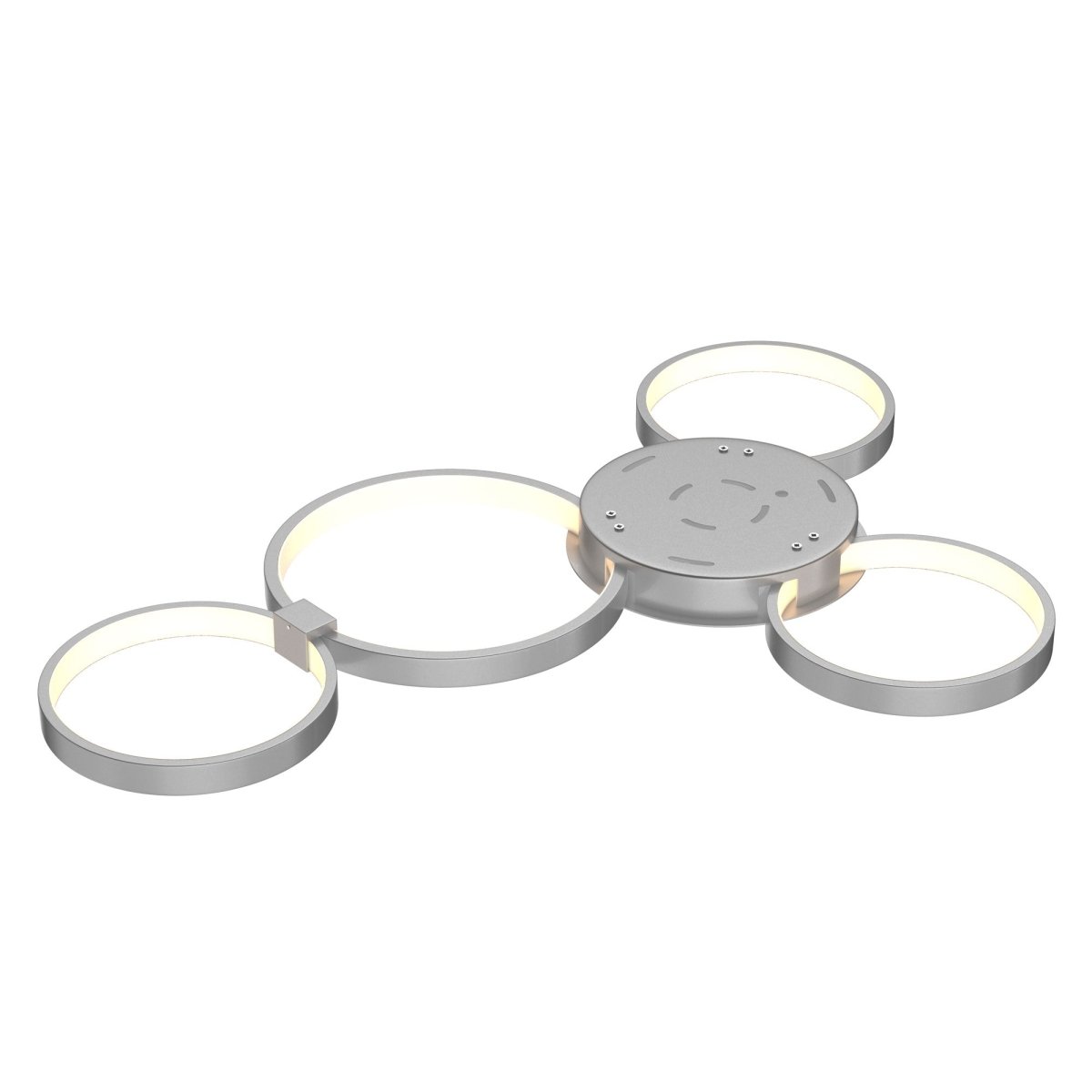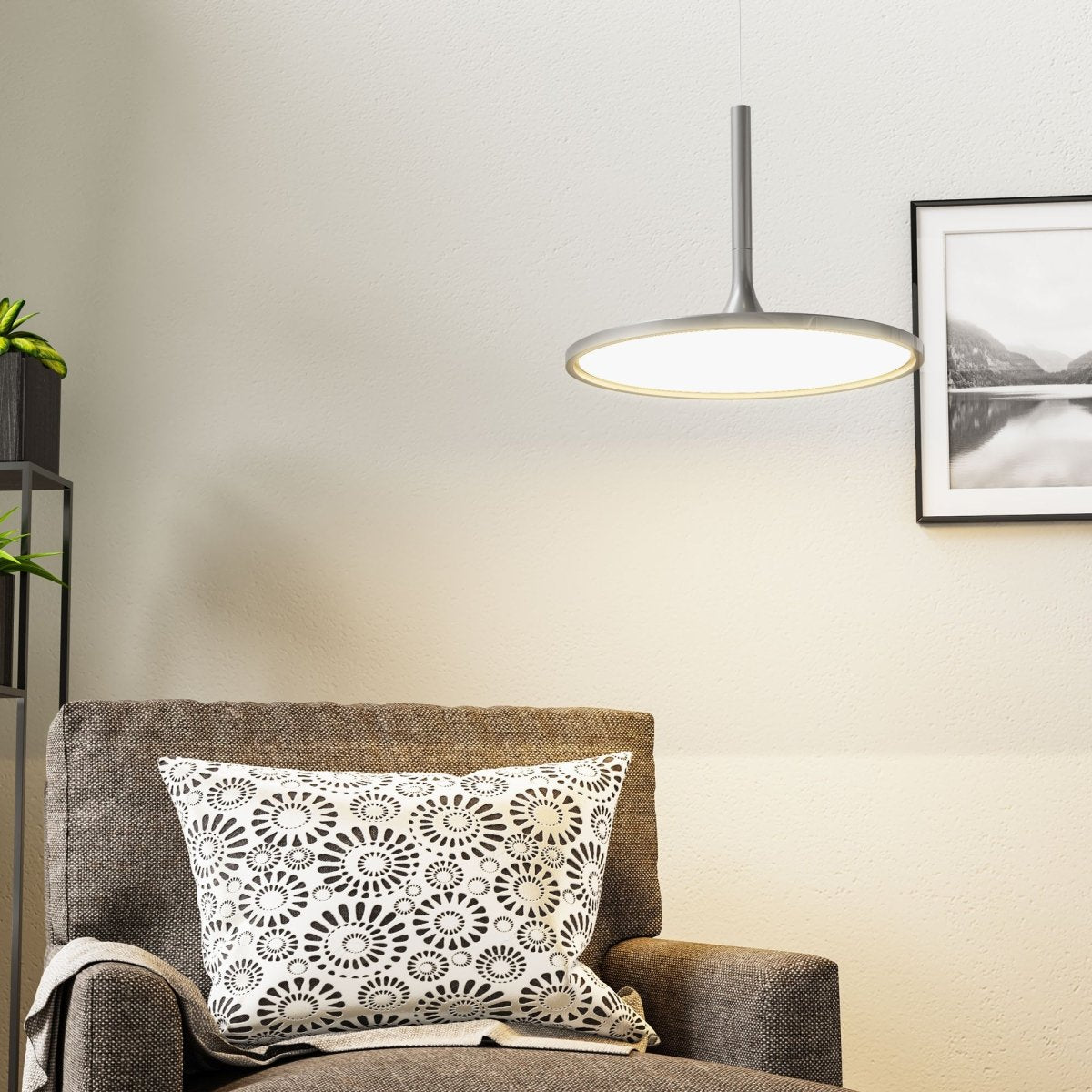As more and more people shift to remote work, creating a functional and comfortable home office has become a necessity. While the desk and chair are undoubtedly important, the lighting in your home office can make a significant difference in your productivity, comfort, and overall well-being. In this article, we will guide you through the process of choosing the best lighting for your home office to ensure a bright and productive work environment.
Understanding the Basics of Lighting
Before diving into the factors to consider when choosing home office lighting, it's essential to understand the basics of lighting. There are three types of lighting: ambient, task, and accent lighting. Ambient lighting provides overall illumination to the room, while task lighting is designed to provide light for specific tasks, such as reading or writing. Accent lighting is used to highlight a specific area or object in the room.
Another essential aspect of lighting is color temperature, measured in Kelvin (K). Lower temperatures create a warm, cozy atmosphere, while higher temperatures create a cooler, more energetic ambiance. Brightness is also essential, as it can impact your mood, energy levels, and productivity. Lastly, the direction of light can make a significant difference in how a space is perceived.
Factors to Consider When Choosing Home Office Lighting
Several factors need to be considered when choosing lighting for your home office. The purpose of the room, natural light availability, size and layout of the room, desk and computer setup, and personal preferences are all important factors to keep in mind.
For instance, if your home office is also used as a guest room, you'll need lighting that's versatile and can easily switch between different modes. Natural light availability is also essential, as it can impact the color temperature and brightness of the room. If your home office is in a small space, you might need lighting that's compact and doesn't take up too much space. Your desk and computer setup can also affect your lighting needs. If you're using a laptop, you'll need a task light to reduce eye strain. Lastly, personal preference is crucial, as it can affect your motivation and comfort level in the space.
Choosing the Right Type of Lighting
Now that you understand the basics of lighting and the factors to consider, it's time to choose the right type of lighting. There are three types of lighting: ambient, task, and accent lighting.
Ambient lighting is designed to provide overall illumination to the room. It can be achieved through overhead lights, floor lamps, or wall sconces. Task lighting, on the other hand, is designed to provide light for specific tasks, such as reading or writing. Desk lamps and under-cabinet lights are common examples of task lighting. Accent lighting is used to highlight a specific area or object in the room, such as artwork or bookshelves.
When choosing the right type of lighting for your home office, consider the purpose of the room and the tasks you'll be doing. For instance, if you're mainly using your home office for computer work, task lighting will be essential to reduce eye strain. If you're using your home office as a creative space, accent lighting can help inspire you and highlight your work.
LED vs. Traditional Lighting
Another factor to consider when choosing home office lighting is whether to use LED or traditional lighting. LED lights are more energy-efficient, cost-effective, and have a longer lifespan than traditional lighting. They also come in a range of colors and brightness levels, making them highly customizable.
On the other hand, traditional lighting can offer a warm and cozy ambiance that some people prefer. They also tend to be less expensive upfront, although they may need to be replaced more frequently than LED lights.
Placement and Installation
Proper placement and installation of your home office lighting are crucial for optimal performance. The placement of light sources should be based on the type of lighting you're using and the tasks you'll be doing. For instance, if you're using task lighting, the light should be placed in a way that it doesn't cast a shadow on your work surface.
Proper installation and wiring are also essential for safety and functionality. If you're not confident in your DIY skills, it's best to hire a professional electrician to install your home office lighting.
Maintenance and Upkeep
Like any other part of your home, your home office lighting will require maintenance and upkeep. Regular cleaning of fixtures and bulbs can help prolong their lifespan and ensure optimal performance. It's also essential to replace bulbs and fixtures as needed to avoid dim lighting or electrical hazards.
Conclusion
Choosing the best lighting for your home office can make a significant difference in your productivity and overall well-being. By considering the basics of lighting, the factors to consider when choosing home office lighting, and the different types of lighting available, you can create a functional and comfortable workspace that inspires you to do your best work.
FAQs
- What is the best type of lighting for a home office?
The best type of lighting for a home office will depend on the tasks you'll be doing in the room. Task lighting is essential for reducing eye strain, so consider using a desk lamp or under-cabinet lights. Accent lighting can also help create a cozy atmosphere and highlight specific areas or objects in the room.
- Is LED lighting better than traditional lighting for a home office?
LED lighting is more energy-efficient, cost-effective, and has a longer lifespan than traditional lighting. They also come in a range of colors and brightness levels, making them highly customizable. However, some people prefer the warm and cozy ambiance that traditional lighting can offer.
- How do I know if my home office has enough natural light?
If your home office has windows, you can assess the amount of natural light coming into the room. Consider how the natural light affects your ability to work comfortably and if you need to supplement it with artificial lighting. If your home office doesn't have windows, you may need to rely entirely on artificial lighting.
- What's the best way to reduce eye strain when working at a computer in my home office?
The best way to reduce eye strain when working at a computer is to use task lighting and adjust the brightness and contrast of your computer screen. You can also take regular breaks to rest your eyes and adjust the position of your monitor to reduce glare.
- How often should I replace my home office light bulbs?
The lifespan of light bulbs will vary depending on the type of bulb and usage. LED bulbs can last up to 25,000 hours, while traditional bulbs may only last a few thousand hours. It's best to replace bulbs as soon as they start to dim or flicker to avoid straining your eyes and ensure optimal performance.















































































